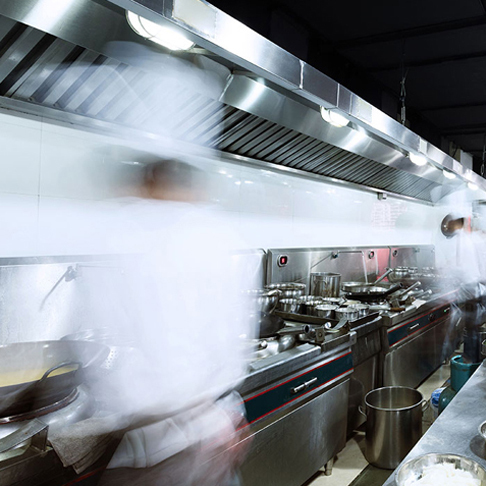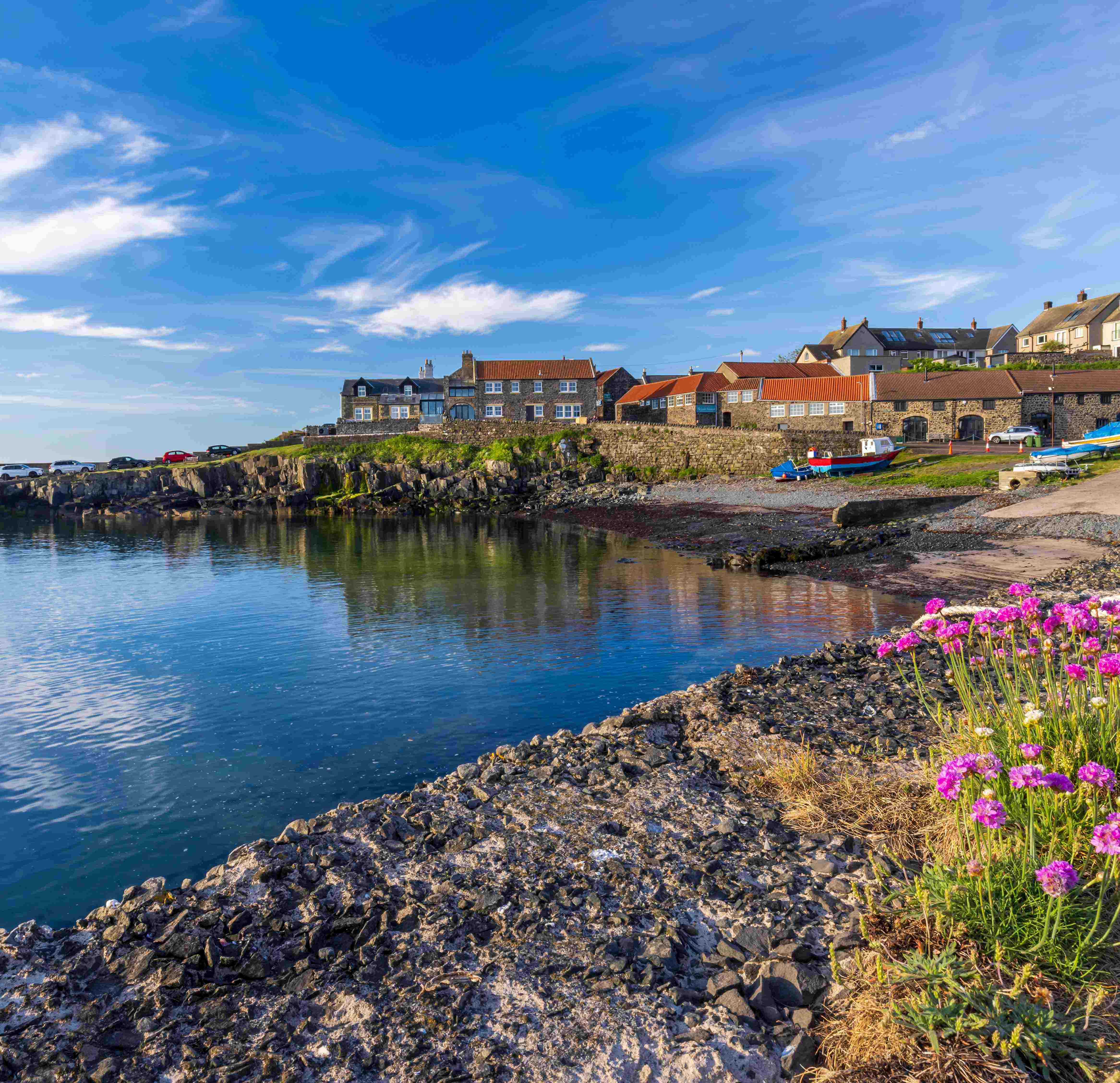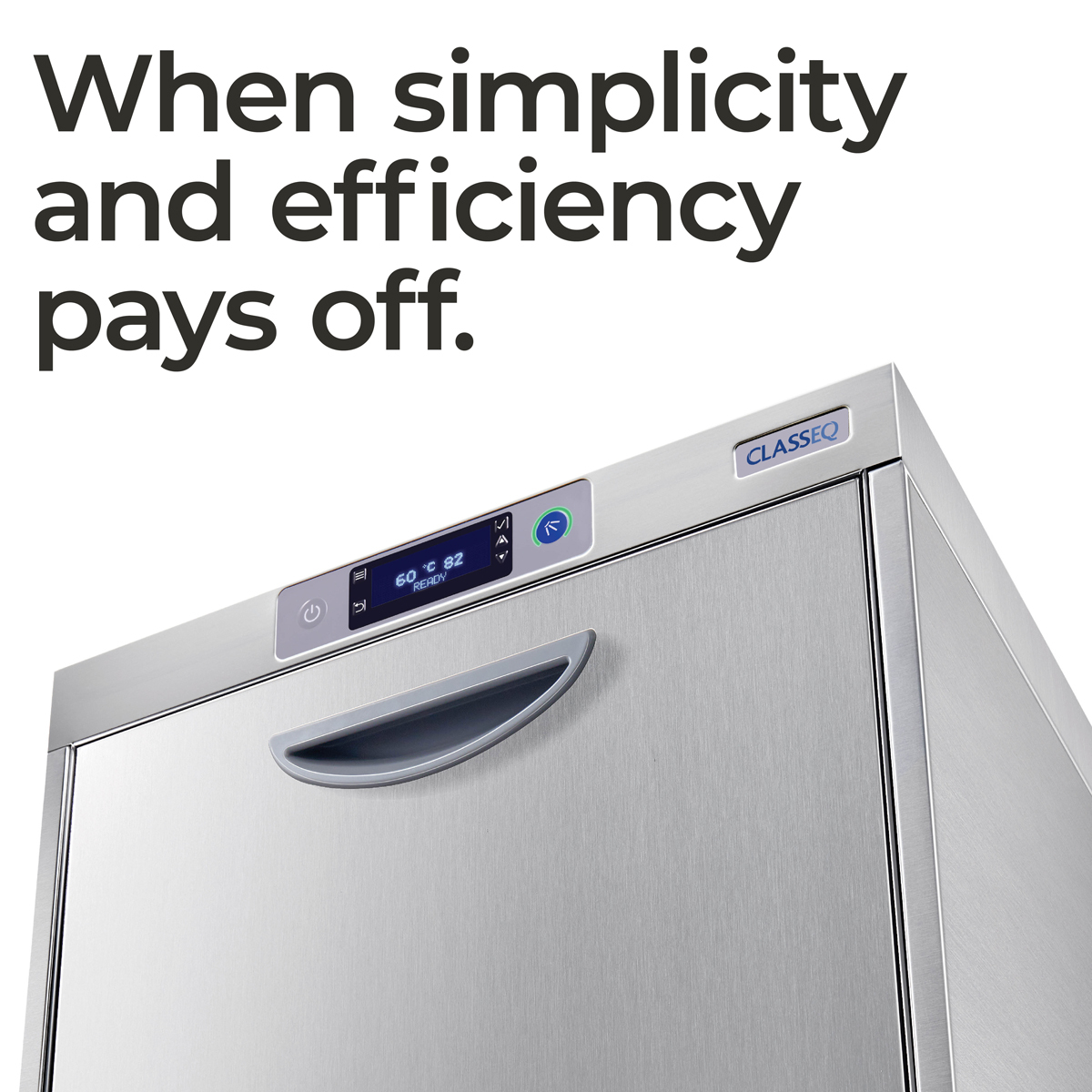
17 Apr 2025

‘Thrives under pressure’. ‘Team-player’. ‘Hardworker’. ‘Excellent communicator.’
You might be familiar with these phrases as corporate jargon. Often thrown around in the corporate world and used to entice employers in the opening paragraph of a CV, these are actually some of the most valuable and coveted skills within the hospitality sector.
And while many of us like to think we are a great team player, hard worker, or can thrive under pressure, the truth is you can’t really be sure until you’ve faced a day in a catering and hospitality environment. This industry is not for the faint hearted.
Working in the catering and hospitality sector requires a certain level of grit and resilience that can’t be trained or bought. Perhaps that’s why good hospitality workers are far and few, demanding better pay and better working conditions. And while the industry has always been fraught with its own challenges, we’re entering a new climate where economic shifts and a changing customer profile are putting added pressure on the sector and its people.
So we grapple with a post-Brexit, post-pandemic world in the midst of a sustainability (and an economic) crisis, there’s an impending wave of new challenges set to hit the service-based, and hospitality professionals.
As a provider to the service sector we see and hear these challenges daily.
In this post, we’ll dissect them in more detail and discuss how they can be overcome to help hospitality leaders maintain successful operations and a motivated workforce.
Changing customer expectations
Customers are becoming more concerned with how their habits and behaviour impact the environment, and many are switching to more eco-friendly brands as a .
This increased knowledge plays a huge part in customer expectations, and as the demand rises for vegan, non-dairy alternatives and a more diverse food and beverage offering, competitors are also diversifying their menus and their serving options. For example, will we soon see large fast food chains using reusables and less paper and cardboard.
An increased millennial customer base is also influencing customer expectations. With the role of technology and social media platforms in their day-to-day life, there is a preference for a more experiential offering from restaurants, bars and hotels. This includes everything from the aesthetics, to the people, to the way the food is served. Customers want an authentic experience that satisfies all of their senses, and one that generally looks good on social media too. According to 67% of millennials have higher expectations than they did a year ago.
So how do we cater to increasing customer demands and expectations?
Millennials are also drawn to more personalised experiences and self-service options, so consider how the role of technology can be used to define this. But stay true to your brand values and objectives but focus on delivering authenticity. The goal is not to copy others, but rather enhance your own offering. What is it you originally wanted to do with your business model?
You will continue to attract the right customers if you are clear on your offering and remain authentic, but it’s easy to get confused and lose sight when trying to keep up with every-changing cohort demands. Consider how you can build on who you already are and bring things up to date with the evolving climate and customer needs.
Hiring and retaining good staff
According to The Caterer, 58% of employees identified pandemic-induced industry staff shortages as the biggest challenge in hospitality, and 37% said inexperienced staff.
Some of the reasons for those issues surrounded unsociable hours and pay not matching workload.
Gen Z coming into the workforce also presents challenges of its own. With different expectations of the working world, these are shaping the way Gen Z approaches employment.
Gen Z also place a huge emphasis on the moral and cultural values of a business, and are drawn to businesses that share the same values as them, be that sustainability, technology, or room for career progression. 60% of Gen Z say that their preferred way of learning about a potential employer is through employee referrals.
To continue attracting and retaining good staff, the catering and hospitality sector must work to cultivate a culture that focuses on inspiring and progressing their staff; but also a culture that promotes a sense of belonging and matches the cultural values of new generations. Are you vocal (and active) about your company’s values and social governance? Are training programmes available for younger employees to move into dedicated fields such as catering or management?
Are rewards and recognition programmes in place to help kitchen porters, chefs and your service staff feel valued and recognised?
A place where employees feel valued, nurtured with room to flourish and progress is sure to retain and attract good staff who want to contribute collectively to the growth of the business.
Managing digital
The additional workload that comes with maintaining a digital presence is a huge challenge. QR codes and online ordering systems are just the beginning, bringing with them a cascade of data security issues and maintenance work. Add to that, an ongoing social media presence, website, and online booking system; it’s quite literally a whole new business to manage that demands additional skills, staff, and a big chunk of budget.
To manage a digital presence and manage it well, it deserves its own management strategy. But the results won’t happen overnight. eHotelier writers that 93% of hospitality businesses are increasing digital investment in the coming years. But be patient and approach things incrementally.
Don’t expect results overnight from a digital strategy. By implementing a digital strategy one step at a time, and carefully assessing where your spend is best placed, you’ll be more likely to see longevity in your efforts overtime, and learn more about this new landscape along the way. New hires will be unavoidable, but can overall contribute to a better culture, better experience and better business model in time.
Rising competition
A changing customer profile is pre-empting rising competition in the industry. Price-conscious consumers are open to seeking out smaller venues who may be able to undercut larger businesses. Technological adaptation plays a role here too, as young entrepreneurs are entering the workforce and challenging traditional business models.
Stay observant of those competitors and be willing to adapt to suit a changing customer profile and new expectations. Pay attention to competitors’ pricing models, discounts and offers, and be ready to respond to these with your own strategy.
As mentioned already, customers are on the lookout for an experiential offering. Now is a great time to lean into that and speak to your customers. Get to know what they are looking for and be in a position to adapt and respond as competitors crop up. Building customer loyalty will be essential in withstanding competitors offering lower prices or new experiences. Now is the time to look introspectively into your business and get to know your customers on a deeper level. Be willing to adapt, but also be confident in who your brand is and focus on delivering authenticity.
Rising costs
You may be forced to raise your prices to account for rising energy and staffing costs and increased price of daily consumableBut this doesn’t necessarily mean a bleak future for your business. There is talk of a boom in the industry as we approach the end of the 2022. In short, after 2 years shut away inside, the public still wants to dine out. Raising your costs will be unavoidable, but as we contend with the upcoming energy epidemic there are some ways to control expenses and maintain a more positive forecast.
Firstly, be honest with your customers. If prices are rising to keep the lights on, your most loyal customers will be happy to support keeping you open. But communication will be a key player in maintaining that loyalty.
Secondly, the government has issued a Retail, Hospitality and Leisure scheme which you can find more guidance about here. It’s intended to provide eligible, occupied, retail, hospitality and leisure properties with a 50% relief, up to a cash cap limit of £110,000 per business. If you’re eligible, it could provide some short term relief on increasing outgoings.
There are further internal actions you can take too. It might sound obvious, but an in-depth analysis of inventory, spending and cashflow to see where savings can be made and waste can be cut is a good place to start.
Don’t be afraid to shake things up if it means significant cost savings. Consider sourcing locally, cutting trading hours, or collaborating with other local businesses to see where you can save without compromising on quality or reputation.
Supply chain unpredictabilities
Undoubtedly one of the biggest challenges we’ve had to contend with over the last few years and one that looks set to stay with us: supply chain unpredictabilities. How we navigate this challenge and learn to build resilience against it will be one of the most crucial points in this journey of chaos. Brexit-related supply chain issues can impact not just the availability of a product but also the delivery timelines. And, as customers become accustomed to certain ingredients or brands, the tumultuous supply chain could cause issues with obtaining favourite brands or flavours.
You may need to diversify your pool of suppliers to protect business. Also consider using brands within the UK. Not just for perishables, but appliances and machinery that’s integral to the running of your business too. As we come to rely on those assets, UK businesses can’t afford to wait for 6-8 weeks for replacements or fixes.
Meanwhile, stay focused on offering a diverse range of alternatives. It’s tempting to emphasise brands and specifics but might be wise to try not to emphasise brands or specifics as much. It’s perhaps wise to keep your menu free of brand names since these might not always be as readily available in coming months.
Despite the plethora of challenges we find ourselves tackling, it has to be said that the hospitality industry is rich in positivity and diversity as we move into the future. Withstanding the last few years has been enough to prove its resilience, and the relationship with the general public. Working in this sector is tough, but extremely rewarding. The days come with their own challenges, but as service workers, we are used to rolling up our sleeves and tackling them head on. This is what elevates the sector and will continue to make it an attractive industry to invest in, work in, and enjoy as times continue to change.
At Classeq, we’re passionate about the growth and success of the hospitality sector. That’s why we’re committed to providing you with content that explores every juncture of the hospitality journey from the distribution of catering equipment right through to your customers’ experiences
If there’s a topic you’d like us to explore further, let us know. Otherwise, take a look at our full content library here, or speak to a member of the team today. Whether it’s a new machine you need, or technical support, we’re always ready to help.
References
Social Hospitality: How to Meet the Expectations of your Millennial Customers Accessed 16.11.2022
The Caterer: Staff Shortages Cited as Biggest Challenge Facing Hospitality Employees Accessed 16.11.2022
PR Newswire: New global research reveals Gen Z prioritize company values Accessed 16.11.2022
Yello: Gen Z’s Favorite Places to Look for Jobs Accessed 16.11.2022
eHotelier: Digital Transformation Strategies for Hospitality Accessed 16.11.2022
Classeq: 2022 – The Year Ahead Accessed 16.11.2022
GOV.UK: Business rates guidance: 2022/23 Retail, Hospitality and Leisure Relief Scheme Accessed 16.11.2022

17 Apr 2025

11 Apr 2025

9 Apr 2025
You have questions or need help?
We'll call you or write to you!